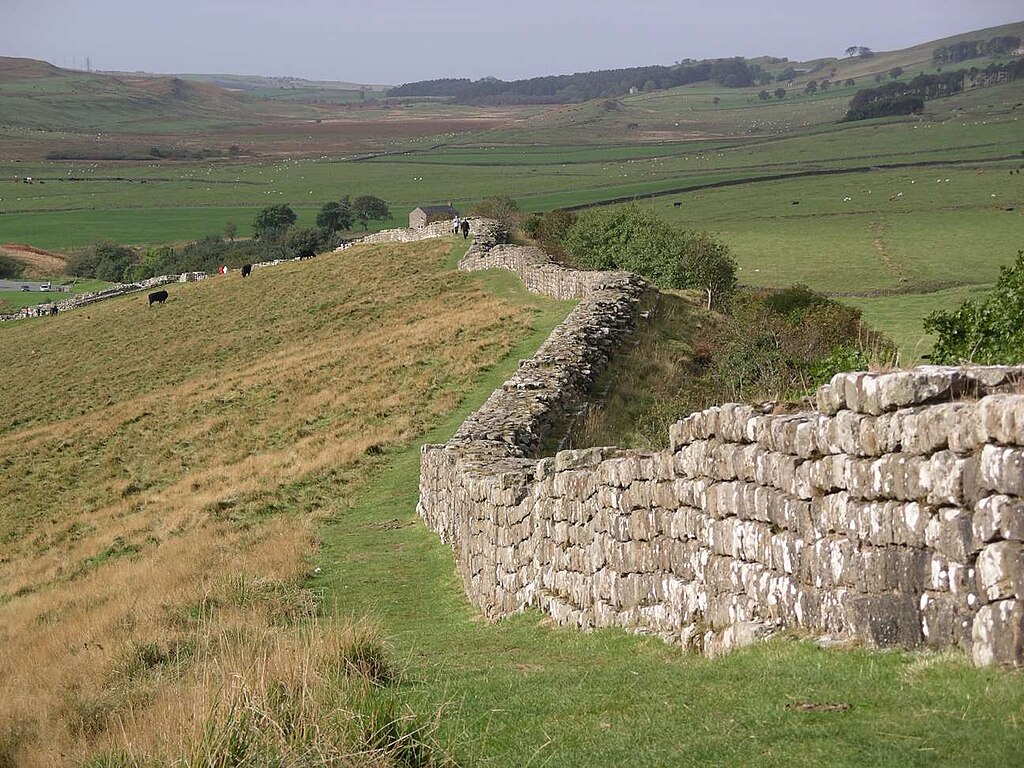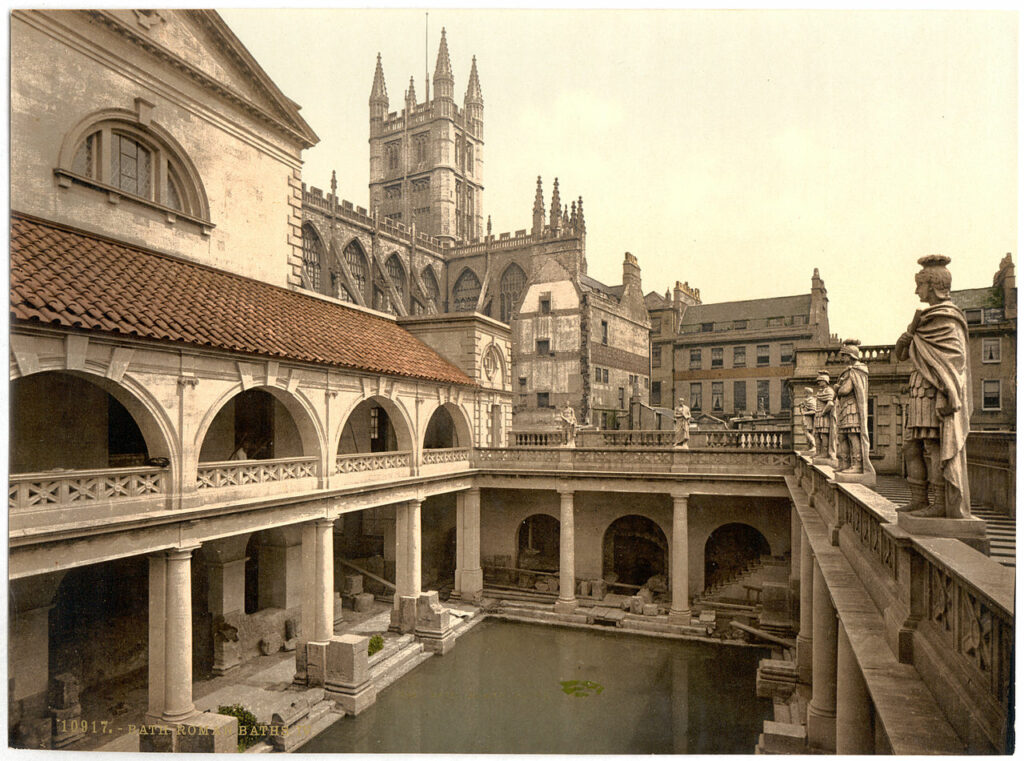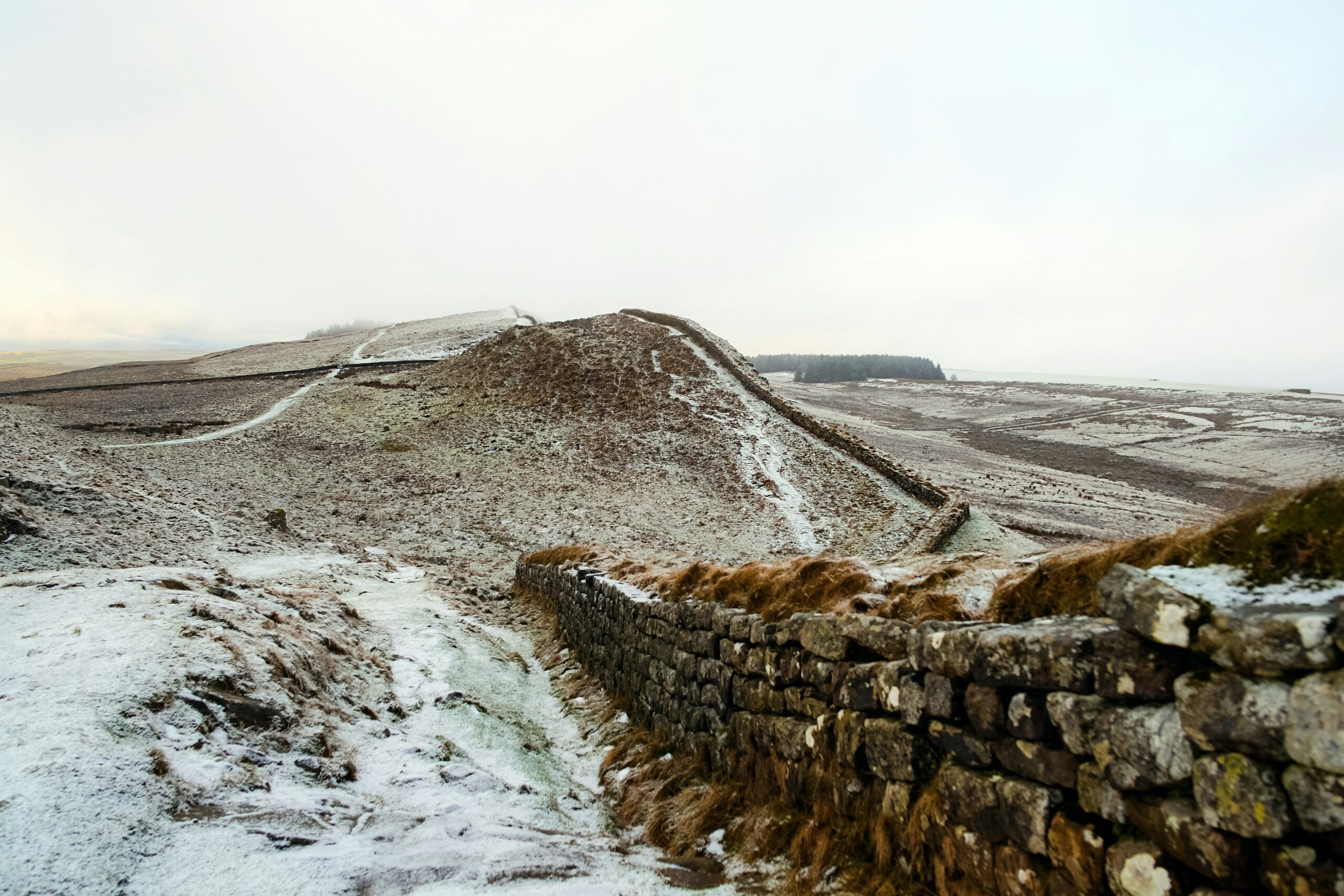The Romans conquered Britain in 43 AD. Today, this territory encompasses England, Wales, and southern Scotland. Although the Romans left Britain in 410, their signs remain. Where in the UK are there visible remnants of the Roman era?
City names
At first glance, it may not be obvious, but some city names show that they were built by the Romans. Names ending in -ceister, -chester, -cester, and -caster indicate the site of a former Roman fort. Examples include Leicester and Cirencester, both of which have Roman origins. Many of these towns still contain visible remnants of Roman walls, roads, or baths. Exploring local museums can provide further insight into their Roman past. A good idea might be to ask local tourist information if it is possible to see any Roman remains.
Hadrian’s Wall
It is a former defensive fortification built in 121-129. The remains of the Wall can be seen near Segedunum, Housesteads, and Great Chesters. Its purpose was to defend against the Picts. The Wall also helped control trade and movement across the frontier. Housesteads Fort is one of the best-preserved sites, featuring the foundations of barracks and a Roman latrine. For those interested in history, the Hadrian’s Wall Path offers a scenic walk along the ancient structure.

Roman Baths
The Roman Baths in Bath are well-preserved thermae, constructed between 60 and 70 AD. They were built around a natural hot spring, which provided mineral-rich water believed to have healing properties. The complex included the Great Bath, heated rooms, and a temple dedicated to Sulis Minerva. The baths were a place for bathing and a social and religious hub. After the fall of the Roman Empire, the site was abandoned and later rediscovered in the 18th century. Today, it remains one of Britain’s most famous historical attractions, though visitors can no longer bathe in the original waters.

Chester Roman Fort
It is the most complete Roman cavalry fort in Britain. There is a museum where you can discover a collection of Roman objects. The fort was home to a garrison of auxiliary cavalry, who played a key role in patrolling the northern frontier. Visitors can explore the remains of barracks, stables, and a headquarters building. The site also features a reconstructed gateway, giving insight into the fort’s original appearance. Museum exhibits offer insights into the daily routines of Roman soldiers.
Fosse Way
Although Fosse Way is a part of the modern roads, it is still possible to see the original elements. This ancient Roman road stretched diagonally across Britain, linking Exeter to Lincoln. It was one of the most important military and trade routes in Roman times. Some sections still follow the original straight-line path characteristic of Roman engineering. Rural areas still show traces of the original stone surface. The road’s legacy remains visible in the modern transport network, as many contemporary roads follow its course.
Inscriptions on stones
In many places across the United Kingdom, you can see inscriptions on stones that date back to the Roman era. For museum lovers, St Albans, York, and Wroxeter offer the finest collections of well-preserved artifacts. However, it is still possible to find these inscriptions while walking through York, St Albans, and Bath. These ancient texts often commemorate military achievements, honour emperors, or mark important buildings. They provide valuable insight into Roman life in Britain.
The legacy of Roman Britain is still visible across the country, from ancient roads and forts to inscriptions and city names. These remnants, whether in museums or outdoors, reveal the empire’s enduring impact. Exploring these sites offers a unique chance to connect with Britain’s Roman past and understand its lasting impact.
